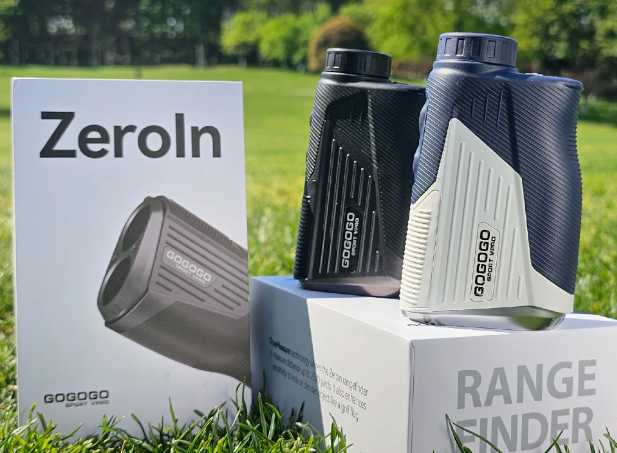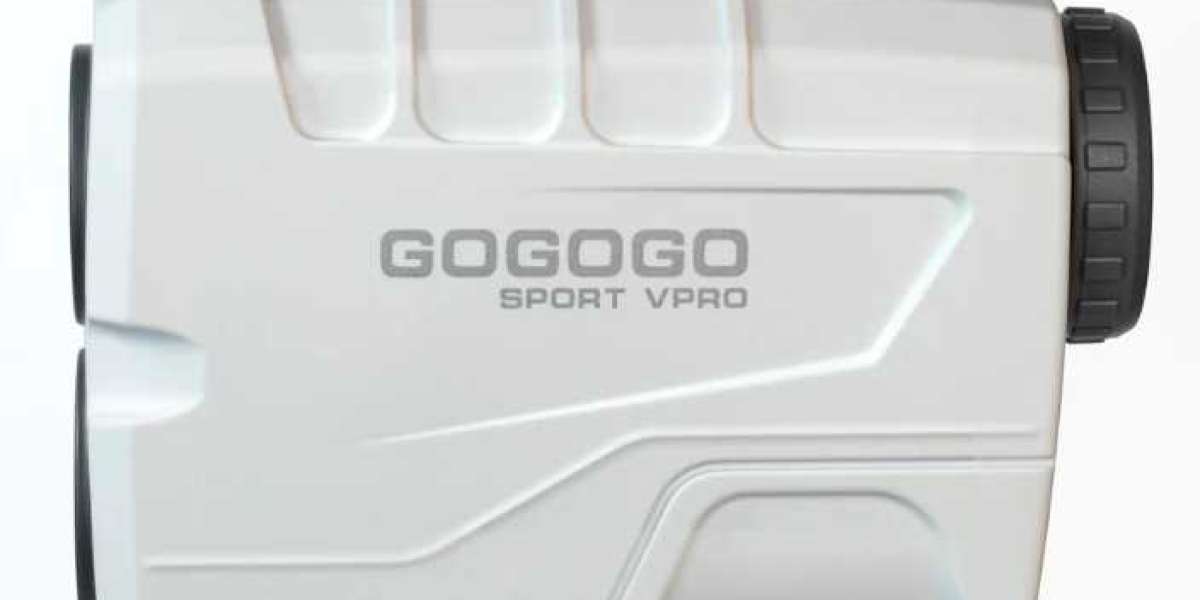Golf is a game of precision, strategy, and skill, and while many aspects contribute to a successful round, understanding distances on the course is paramount. This is where a golf range finder becomes invaluable. Whether you are a beginner or a seasoned player, the ability to accurately gauge distances can significantly enhance your game. In this article, we’ll explore the necessity of a range finder, its benefits, and how to choose a golf range finder that best fits your needs.

Why a Range Finder is Necessary
1. Accuracy in Distance Measurement
One of the primary reasons golfers use a range finder is to obtain precise measurements of their distance from the flag or other course landmarks. Unlike traditional methods, such as pacing off distances or relying on course markers, a range finder provides accurate readings quickly and easily. This precision helps in selecting the right club and making better shots.
2. Improved Course Management
Understanding the layout of the course and the distances to hazards is crucial for effective course management. A range finder helps you strategize your shots by providing information about distances to bunkers, water hazards, and the green. By knowing these distances, you can make informed decisions about when to play it safe and when to take risks.
3. Enhanced Confidence
When you know the exact distance to the hole, it can boost your confidence. Confidence is vital in golf; it allows you to commit to your shots and reduces second-guessing. With a range finder, you can eliminate uncertainty, allowing you to focus more on your swing and less on your calculations.
4. Adaptability to Different Conditions
Golf courses vary significantly in layout and elevation. A range finder can accommodate these variations, providing readings that account for uphill and downhill shots. Many modern range finders include features that adjust for elevation changes, which can be crucial for making accurate club selections.
Features to Consider When Choosing a Golf Range Finder
1. Type of Range Finder
There are two main types of golf range finders: laser range finders and GPS devices.
Laser Range Finders: These devices use a laser to measure the distance to a specific point, such as the flag. They are generally more accurate than GPS devices and often have features like slope calculation, which adjusts distances based on elevation changes.
GPS Devices: These devices provide distance information based on satellite data. They often come with pre-loaded maps of golf courses and can show distances to various locations on the course. However, they may be less precise than laser range finders.
2. Accuracy and Range
When considering how to choose a golf range finder, accuracy should be your top priority. Look for a device that offers accuracy within one yard. Additionally, consider the range of the device; most range finders can measure distances from 5 to 1,000 yards. Choose one that meets your needs based on the courses you play.
3. Ease of Use
A user-friendly interface is essential, especially during a round of golf. Look for range finders with clear displays and intuitive controls. Some devices offer features like one-button operation, making it easier to get quick readings without fumbling with complicated settings.
4. Magnification and Optical Quality
If you opt for a laser range finder, consider the magnification power and optical quality. A higher magnification allows you to see targets more clearly, especially on longer distances. Additionally, look for multi-coated lenses that reduce glare and improve visibility in various lighting conditions.
5. Slope Measurement
Many modern range finders come with slope measurement features, which provide adjusted distances based on the incline or decline of the shot. This feature is particularly useful for hilly courses, as it can help you make more accurate club selections. However, be aware that using slope-adjusted distances in competitions may be against the rules, so check the regulations of your playing environment.
6. Durability and Weather Resistance
Golf is often played in various weather conditions, so a durable range finder is crucial. Look for models that are water-resistant and can withstand the rigors of being carried in a golf bag. A robust design will ensure that your range finder lasts for many rounds.
7. Battery Life
Consider the battery life of the range finder, especially if you play multiple rounds or spend long days on the course. Some laser range finders use replaceable batteries, while others come with rechargeable options. Ensure that the battery can last through your typical golfing outings without needing frequent replacements.
8. Price Range
Golf range finders come in a wide range of prices, from budget-friendly models to high-end devices with advanced features. Determine your budget before you start shopping and consider what features are most important to you. While it can be tempting to go for the cheapest option, investing in a quality range finder can pay dividends in improving your game.
In conclusion, a golf range finder is a valuable tool that can significantly enhance your performance on the course. By providing accurate distance measurements, improving course management, and boosting your confidence, it can help you make smarter decisions and play better golf.
When considering how to choose a golf range finder, pay attention to features such as type, accuracy, ease of use, magnification, slope measurement, durability, battery life, and price. By carefully evaluating these factors, you can find a range finder that suits your playing style and helps you achieve your golfing goals.
Whether you are just starting or are a seasoned pro, investing in a reliable golf range finder can be a game-changer. With the right device in your hands, you’ll be better equipped to tackle any course and lower your scores, making your time on the links even more enjoyable.
 Meet Ups
Meet Ups
 Experiences
Experiences
 Learning Center
Learning Center
 Accommodation
Accommodation
 Roomie
Roomie
 Ride
Ride
 Spread the Word
Spread the Word
 Student Bazaar
Student Bazaar
 Jobs
Jobs
 Blogs
Blogs
 Pin StudentInsta
Pin StudentInsta

